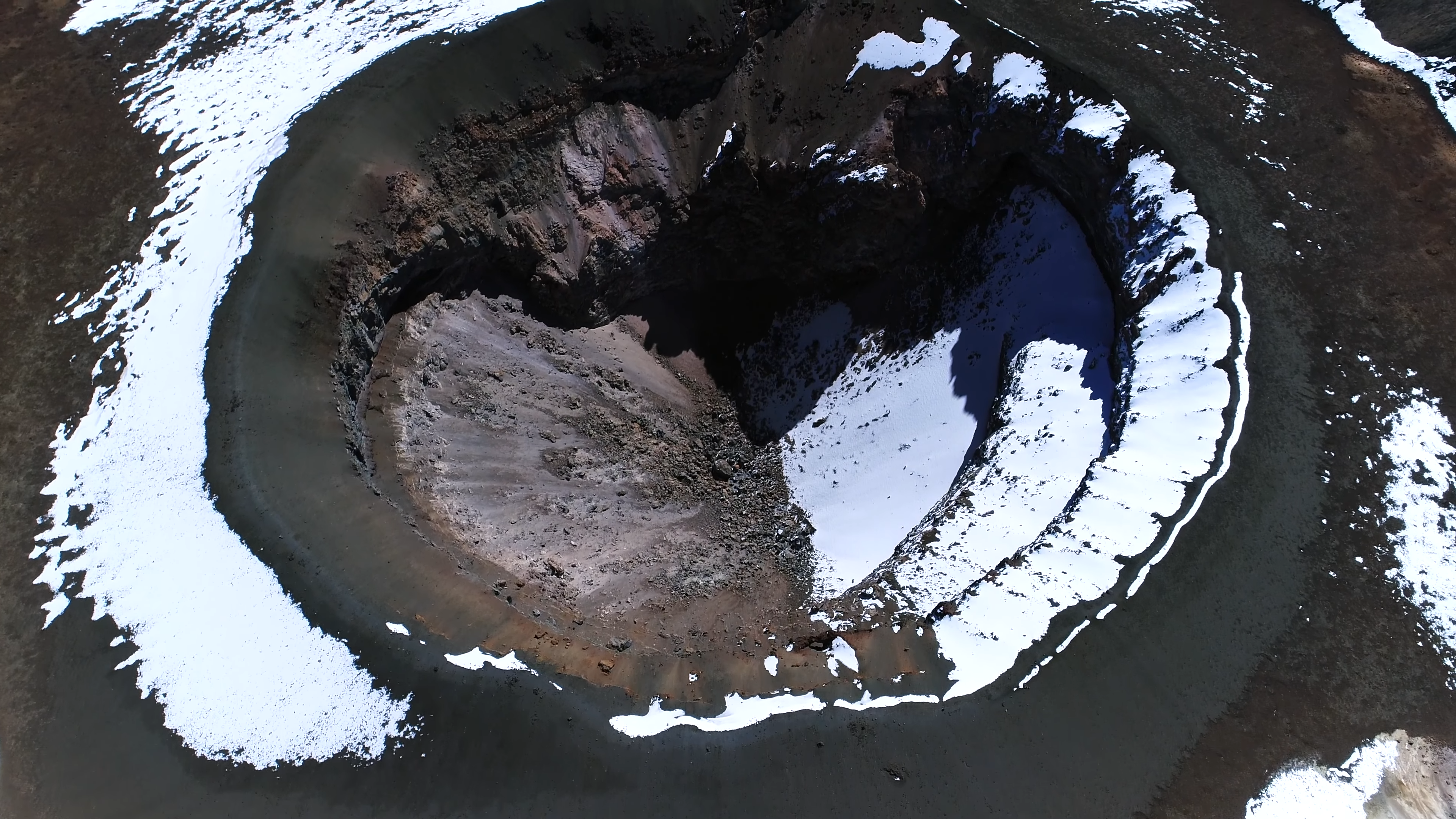Mount Kilimanjaro Crater Camp: All You Need to Know and Height
The Kilimanjaro Crater Camp is a once-in-a-lifetime experience for adventurous climbers. Located at a staggering 18,865 feet above sea level, Crater Camp is the highest campsite on Mount Kilimanjaro, just 475 feet below the summit. Available on the Northern Circuit and Lemosho routes, this exclusive camp adds an extra day to your expedition, creating the 9-day Lemosho Crater Route or the 10-day Northern Crater Route. Climbers reach the summit during the day and then descend to Crater Camp for additional acclimatization before spending the night in this remarkable setting.

Unlike other Kilimanjaro routes, where the main mountaineering team stays at a lower high camp (such as Barafu), the entire crew ascends to Crater Camp, along with all necessary expedition gear, making this option more labour-intensive and premium-priced.
From Crater Camp, climbers can embark on a one-hour optional hike to the stunning Reusch Crater, or explore the nearby Furtwangler Glacier. The ash pit at Reusch Crater, a nearly perfect circle, is 1,300 feet wide and 400 feet deep, offering a rare view of Kilimanjaro’s volcanic origins.
While Crater Camp is undeniably appealing for its isolation and surreal landscape, staying at such a high altitude poses certain risks, particularly if proper acclimatization isn’t achieved. The extra day of acclimatization is critical, but due to safety concerns, only experienced climbers can opt for the 9-day Lemosho Crater Route or the 10-day Northern Crater Route, and it must be approved.
Unique Features of Kilimanjaro Crater Camp
Lunar Landscape
The landscape at Kibo Crater resembles the surface of the moon, with grey-brown ash, scree, and rocks dominating the scene. In winter, a light layer of snow can soften the stark scenery, adding a surreal beauty to the area.
Ice Fields
Although Kilimanjaro’s ice fields fluctuate with the seasons, the glaciers have sadly shrunk by 80% since 1912. Climbers staying at Crater Camp have a rare chance to observe the Northern Ice Field and the Furtwangler Glacier up close, offering an intimate view of this natural wonder.
Furtwangler Glacier
Located near Uhuru Peak, the Furtwangler Glacier is one of Kilimanjaro’s most famous glaciers. While most climbers never get near it, those staying at Crater Camp can walk right up to its base, where the glacier’s massive size, striking blue and white hues, and intricate patterns carved by years of exposure to the elements can be fully appreciated.
The Ash Pit
The Ash Pit in Reusch Crater is a vivid reminder of Kilimanjaro’s volcanic origins. A 2-3 hour roundtrip hike from Crater Camp offers climbers in good physical condition the chance to see this spectacular geological feature up close. It’s one of the most impressive photo opportunities on the mountain.
Be Prepared for a Challenging Night
Spending a night at Crater Camp is not for the faint-hearted. Climbers should be prepared for two main challenges: extreme cold and high altitude.
Freezing Temperatures
Nighttime temperatures at Crater Camp can plummet to -10°C (14°F), with occasional drops to as low as -20°C (-4°F). Snowfall is also possible, especially in December and January, making the experience even more demanding. Climbers should carefully consider the best time to climb Kilimanjaro to avoid the harshest conditions.
Is Crater Camp Right for You?
Crater Camp is best suited for climbers with previous high-altitude experience. These individuals are more likely to understand how their bodies react to extreme conditions. Those accustomed to high-altitude environments tend to cope better with the physical challenges posed by Crater Camp.
Ultimately, the decision to stay at Crater Camp is personal. For some, the breathtaking scenery and unique experience will outweigh the discomfort of headaches, nausea, and sleepless nights. Others may find the conditions too extreme to enjoy the adventure.
For us to provide the best service, we assess each client’s experience and physical condition before approving a Crater Camp itinerary. Your trip manager will discuss your high-altitude trekking history, your tolerance for physical discomfort, and your readiness to face the challenges of Crater Camp. Only climbers who are well-prepared and have demonstrated good acclimatization will be considered for this special trek.
If you’d like more information about Kilimanjaro Crater Camp, feel free to reach out. We’d be happy to answer any questions and help you plan this incredible adventure!
FAQs About Mount Kilimanjaro Crater Camp
How high is Crater Camp?
Crater Camp is located at an elevation of 5,750 meters (18,865 feet), just below Uhuru Peak, which stands at 5,895 meters (19,340 feet). Compared to Everest Base Camp, which sits at 5,364 meters (17,598 feet), Crater Camp is significantly higher.
How far is Crater Camp from Uhuru Peak?
Crater Camp is only 1 kilometer (0.6 miles) from Uhuru Peak, a hike that typically takes about an hour.
Which routes lead to Crater Camp?
The Crater Camp experience is available to climbers on the Lemosho or Northern Circuit routes, both of which provide excellent acclimatization before reaching the camp.
What makes Crater Camp special?
Crater Camp offers the rare opportunity to explore Kilimanjaro’s volcanic crater up close. You can visit landmarks such as the Ash Pit and the Furtwangler Glacier, areas that most Kilimanjaro trekkers never see. Additionally, the sunrise from the crater rim is a breathtaking sight few get to experience.

